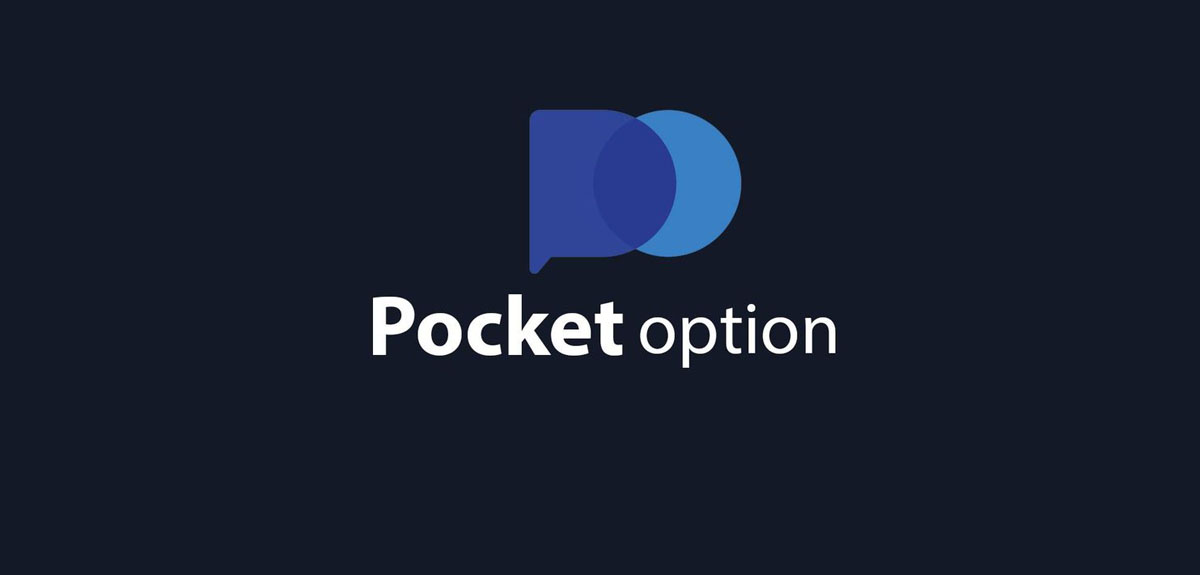Pocket Option Fees - Everything You Need to Know
Pocket Option Fees – Everything You Need to Know

Pocket Option Fees: An In-Depth Guide
When trading on the Pocket Option platform, understanding the various Pocket Option Fees Pocket Option Fees is crucial for effective money management. This article aims to provide you with comprehensive insights into the fee structure, helping you make informed financial decisions while trading.
Overview of Pocket Option
Pocket Option is a popular online trading platform that allows users to engage in binary options and contracts for difference (CFDs) on various assets, including currency pairs, commodities, and cryptocurrencies. Established in 2017, it has gained a reputation for its user-friendly interface, a wide range of assets, and competitive trading conditions. However, as with any trading platform, understanding the fee structure is essential to maximize your trading experience.
Types of Fees on Pocket Option
The fees associated with Pocket Option can be categorized into several groups:
- Deposit Fees: Pocket Option does not charge any fees for deposits made by users. This allows traders to start investing their funds without worrying about additional costs, although payment processors may have their own fees.
- Withdrawal Fees: While the platform generally does not charge withdrawal fees, depending on the payment method chosen and the frequency of withdrawals, you may encounter third-party fees that could apply.
- Spread Costs: The spread is the difference between the buying and selling price of an asset. Pocket Option offers competitive spreads, which vary according to market conditions and the assets being traded.
- Overnight Fees: Traders who hold positions overnight may incur overnight fees depending on the specific assets and market conditions. It’s essential to check the terms associated with these fees if you plan to hold positions for an extended period.
- Inactivity Fees: If a user has an inactive account for an extended period, Pocket Option may charge inactivity fees. This fee serves as motivation for traders to engage with their accounts actively.
Deposit Methods and Associated Fees
Pocket Option offers various deposit methods, including credit/debit cards, e-wallets, and cryptocurrencies. Each method has its own set of advantages and potential fees involved, primarily dictated by the payment processor. Here are some common deposit methods:
- Credit/Debit Cards: Users can fund their accounts using major credit cards. This method typically results in immediate deposits, and Pocket Option does not charge fees for this method.
- E-Wallets: E-wallets such as Skrill and Neteller are widely accepted and offer fast deposits. While Pocket Option does not impose fees, it’s essential to check the terms of your e-wallet provider.
- Cryptocurrencies: For tech-savvy traders, Pocket Option also allows deposits in cryptocurrencies. While deposits are usually free, transaction fees may apply depending on the blockchain network.
Withdrawal Processes and Fees
Withdrawal methods mirror deposit options, ensuring that traders have the flexibility to withdraw their profits using various channels. Although Pocket Option does not impose direct withdrawal fees, users should be aware of any fees charged by payment processors or currency conversion costs.

Withdrawal times can vary based on the selected method. E-wallet withdrawals are generally processed quickly, while card withdrawals might take a little longer due to traditional banking delays.
Trading Costs
Trading costs on Pocket Option primarily include spreads and, for some assets, commissions on trades. The platform prides itself on providing competitive spreads that can significantly affect overall profitability. Additionally, it’s crucial to watch for potential slippage, which may occur during times of high market volatility.
Inactivity Fees: What You Need to Know
Inactivity fees are another aspect of Pocket Option’s fee structure that traders should consider. If a user does not log into their account or engage in trading for a prolonged period, Pocket Option reserves the right to charge a fee. This is generally a monthly charge that starts after a certain period of inactivity, ensuring that dormant accounts do not remain open indefinitely.
Comparative Analysis of Fees
When considering a trading platform, it’s vital to compare fees with those of competitors. Pocket Option is known for its low-cost trading environment, especially in regard to deposits and withdrawals. Platforms typically charge for withdrawals or impose higher spreads on certain assets to cover costs.
Traders should conduct thorough research and consider total costs rather than just focusing on specific fee types. The overall trading experience can often outweigh initial fee considerations, and Pocket Option strives to offer a balance between low costs and quality service.
Conclusion
Understanding the various Pocket Option Fees is vital for effective trading and planning. While the platform offers a competitive fee structure without direct charges for deposits and withdrawals, users must remain vigilant concerning third-party fees and account oversight to avoid inactivity fees. Investing time in mastering the fee structure can lead to a more profitable and enjoyable trading experience.
